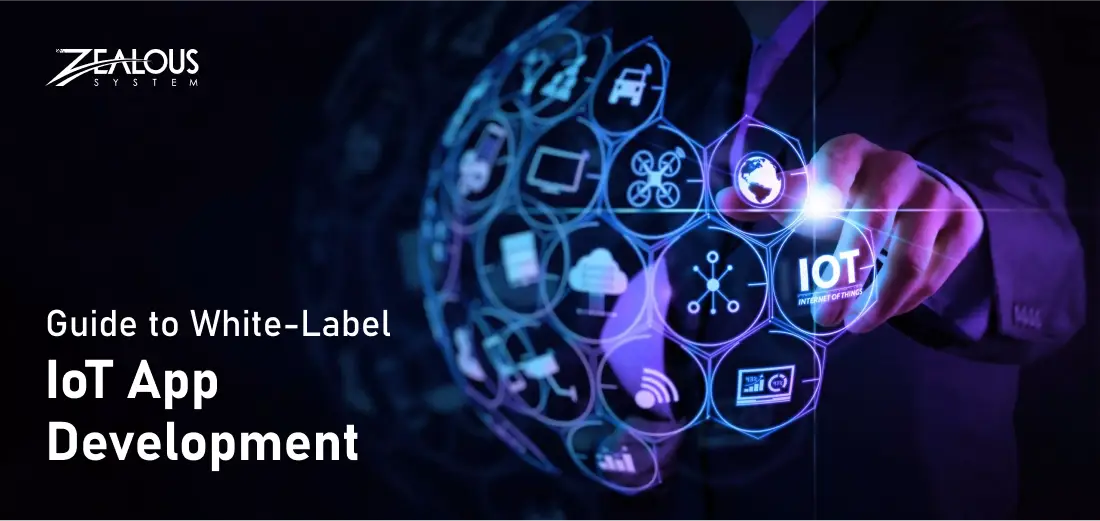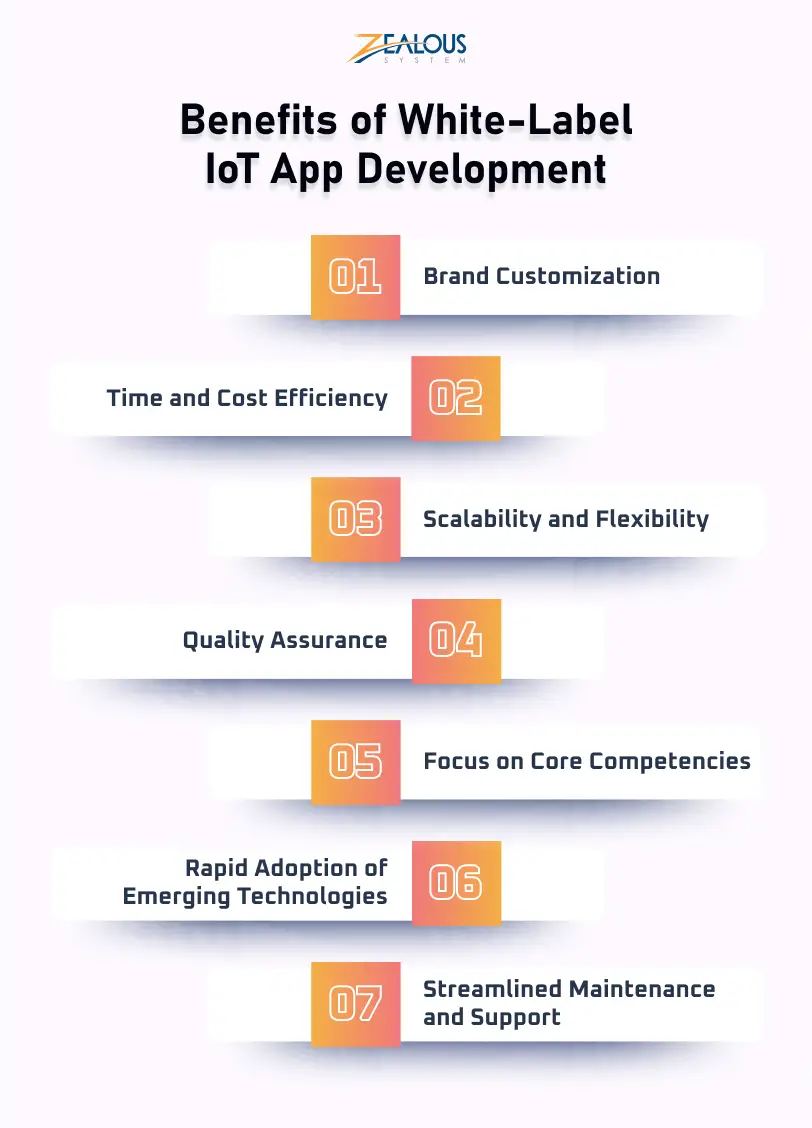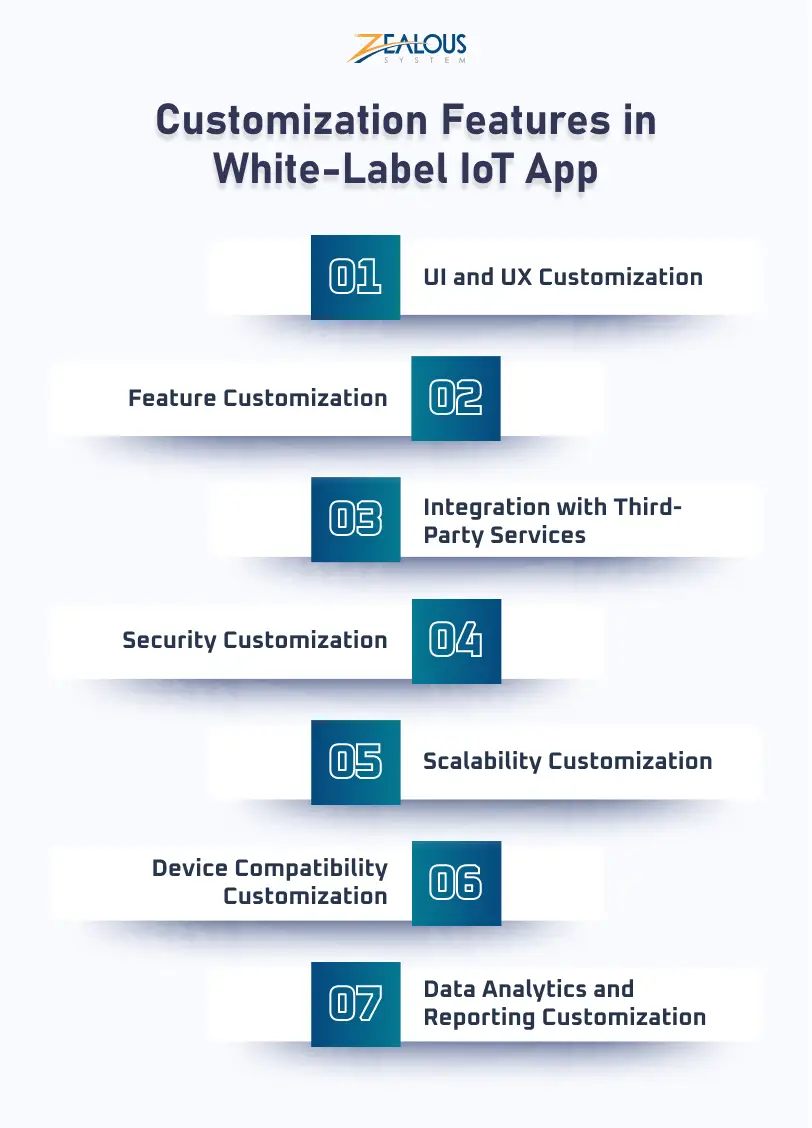
- Company
- Services
- UI/UX Design Services
- Microsoft Dynamics 365
- Mobile App Development
- AI Software Development
- Web App Development
- Generative AI Development
- Digital Product Development
- Enterprise Mobility
- SaaS Application Development
- Application Integration
- White-label WP Maintenance
- ERP Software Solutions
- Software Testing
- Offshore Development Center
- Let’s Connect
- Trending
- Technology
- Industry
- Build Your Team
- Our Work
- Company
- Services
- UI/UX Design Services
- Microsoft Dynamics 365
- Mobile App Development
- AI Software Development
- Web App Development
- Generative AI Development
- Digital Product Development
- Enterprise Mobility
- SaaS Application Development
- Application Integration
- White-label WP Maintenance
- ERP Software Solutions
- Software Testing
- Offshore Development Center
- Let’s Connect
- Trending
- Technology
- Industry
- Build Your Team
- Our Work
We use cookies and similar technologies that are necessary to operate the website. Additional cookies are used to perform analysis of website usage. please read our Privacy Policy
White-Label IoT App Development: Benefits, Features, Use Cases, Tips

The Internet of Things (IoT) is rapidly transforming industries, offering unparalleled opportunities for businesses to gain valuable insights, optimize operations, and enhance customer experiences. But building a custom IoT app from scratch can be a daunting task, requiring significant time, resources, and expertise. This is where white-label IoT app development emerges as a powerful solution.
White-label IoT app development, a game-changer for businesses seeking a faster and more cost-effective approach. This blog delves deep into this exciting solution, exploring its benefits, key features, and considerations for successful implementation.
What is White-Label IoT App Development?
White-label IoT app development refers to the process of creating generic, customizable applications that can be rebranded and resold by different businesses. These applications are designed to be easily adaptable to different use cases, allowing companies to offer IoT solutions under their brand without investing extensive time and resources in developing the app from scratch.
Benefits of White-Label IoT App Development:
1. Brand Customization Benefits:
White-label solutions allow businesses to maintain brand consistency across their IoT applications. They can customize the app’s look and feel to align with their brand identity, ensuring a seamless and professional user experience.
2. Time and Cost Efficiency:
White-label IoT apps can be quickly deployed as they are pre-built and often modular. This reduces the development time and accelerates time-to-market for businesses, enabling them to stay competitive in rapidly evolving markets.
Developing an IoT application from scratch can be resource-intensive. White-label solutions significantly reduce development costs, as the core framework is already in place, requiring less time and effort for customization.
3. Scalability and Flexibility:
White-label IoT solutions are designed to be scalable, accommodating the growing needs of businesses. As the demand for IoT devices and data increases, white-label apps can easily adapt to the expanding requirements without a complete overhaul of the system.
Businesses can choose the features and functionalities they need, making white-label IoT apps highly flexible. This allows for tailored solutions that meet specific business requirements without unnecessary features that could complicate the application.
4. Quality Assurance:
White-label IoT apps are often built on established and tested frameworks. This provides a level of assurance regarding the app’s reliability, security, and performance. Businesses can benefit from the experience and expertise of the white-label solution provider.
5. Focus on Core Competencies:
Utilizing white-label IoT apps allows businesses to focus on their core competencies, such as product innovation or market expansion. Instead of investing time and resources in app development, they can leverage existing solutions and concentrate on their unique value propositions.
6. Rapid Adoption of Emerging Technologies:
White-label solutions are regularly updated by providers to incorporate the latest technologies and features. This ensures that businesses can quickly adopt and integrate emerging technologies without the need for extensive development cycles.
7. Streamlined Maintenance and Support:
White-label solutions often come with support and maintenance services from the vendor. This can be valuable for businesses, as they can rely on the expertise of the solution provider to address issues, implement updates, and ensure the continued smooth operation of the IoT application.
Customization Features in White-Label IoT App Development:
1. Branding Customization:
White-label IoT apps offer businesses the flexibility to incorporate their branding elements seamlessly. This includes customizing the app’s logo, color scheme, and overall look and feel. This ensures that the IoT application aligns with the company’s brand identity, promoting a sense of familiarity and trust among users.
2. User Interface (UI) and User Experience (UX) Customization:
The ability to customize the UI and UX of an IoT application is crucial for providing a user-friendly experience. White-label solutions allow businesses to tailor the interface to suit their specific user demographic, making the app more intuitive and appealing. From adjusting layout designs to modifying navigation patterns, customization empowers businesses to create a user-centric IoT application.
3. Feature Customization:
Every industry and business has unique requirements when it comes to IoT functionalities. White-label IoT app development enables businesses to cherry-pick features based on their specific needs. Whether it’s real-time analytics, remote monitoring, or predictive maintenance, customization ensures that the application is equipped with the functionalities that matter most to the business.
4. Integration with Third-Party Services:
Businesses often rely on a variety of third-party services for different aspects of their operations. White-label IoT apps can be customized to seamlessly integrate with these services, providing a unified and streamlined experience for users. This can include integration with cloud platforms, data analytics tools, or other business software.
5. Security Customization:
Security is paramount in IoT applications, especially considering the sensitive nature of data involved. White-label solutions offer businesses the ability to customize security features such as authentication methods, encryption protocols, and access controls. This ensures that the application meets industry-specific security standards and compliance requirements.
6. Scalability Customization:
As businesses grow, their IoT requirements evolve. White-label IoT app development allows for scalability customization, enabling businesses to scale their applications seamlessly. Whether it’s accommodating a larger number of connected devices or expanding the geographical reach, scalability customization ensures that the IoT application grows in tandem with the business.
7. Device Compatibility Customization:
IoT ecosystems often comprise a diverse range of devices with varying specifications and protocols. White-label solutions can be customized to ensure compatibility with a wide array of devices, sensors, and actuators. This flexibility is essential for businesses operating in diverse environments with different IoT device ecosystems.
8. Data Analytics and Reporting Customization:
Data is the lifeblood of IoT applications, and businesses have unique analytics and reporting needs. White-label solutions allow for customization of data analytics dashboards and reporting features. Businesses can define key performance indicators (KPIs) and customize reports to gain actionable insights from the vast amounts of data generated by IoT devices.
Key Considerations for White-Label IoT App Development:
- Platform Features: Choose a platform with the functionality and features that align with your specific needs and target audience.
- Customization Options: Ensure the platform offers sufficient flexibility to customize the app’s look and feel and integrate with your existing systems.
- Scalability and Security: Select a platform with a proven track record of scalability and robust security measures to protect your data and user privacy.
- Vendor Support: Opt for a vendor with a strong reputation for customer support and ongoing development of the platform.
10 Key Use Cases of White-Label IoT Apps:
White-label IoT apps find applications across various industries, offering customizable solutions to meet specific business needs. Here are ten important use cases of white-label IoT apps:
1. Smart Home Automation:
White-label IoT apps can be customized for smart home automation, allowing users to control and monitor devices such as thermostats, lighting systems, security cameras, and smart appliances. The app can be branded and tailored to meet the unique requirements of homeowners or property management companies.
2. Industrial IoT (IIoT):
In manufacturing and industrial settings, white-label IoT apps can be used to monitor and optimize production processes. This includes tracking equipment health, predictive maintenance, and real-time data analytics to enhance overall operational efficiency. The app can be customized to display relevant key performance indicators (KPIs) for specific industries.
3. Healthcare Monitoring:
White-label IoT apps in healthcare can be employed for remote patient monitoring, wearable devices, and health tracking. These apps can collect and analyze data from medical devices, providing healthcare professionals and patients with valuable insights. Customization allows integration with specific medical devices and adherence to healthcare regulations.
4. Smart Agriculture:
Agriculture can benefit from white-label IoT apps for precision farming. These apps can collect data from sensors placed in fields, monitor weather conditions, and optimize irrigation systems. Customization can cater to the unique needs of different crops and farming practices, helping farmers make data-driven decisions.
5. Fleet Management:
Companies involved in transportation and logistics can use white-label IoT apps for fleet management solutions. These apps can track vehicle locations, monitor fuel consumption, provide real-time route optimization, and enhance overall logistics efficiency. Customization enables integration with specific vehicle models and compliance with industry regulations.
6. Retail and Inventory Management:
Retailers can leverage white-label IoT apps for inventory management, ensuring accurate tracking of stock levels, product movement, and demand forecasting. The apps can be customized to align with specific retail workflows, providing a seamless experience for inventory control and order fulfillment.
7. Environmental Monitoring:
White-label IoT apps can be used for environmental monitoring in urban areas or natural habitats. This includes air quality monitoring, water quality analysis, and noise level tracking. Customization allows the integration of sensors relevant to the specific environmental factors being monitored.
8. Energy Management:
Businesses looking to optimize energy consumption can utilize white-label IoT apps for energy management. These apps can monitor energy usage in buildings, identify areas for improvement, and implement automated controls for lighting, HVAC systems, and other energy-consuming devices. Customization ensures alignment with the unique energy requirements of different facilities.
9. Smart Cities:
White-label IoT apps can play a crucial role in the development of smart cities. These apps can integrate various IoT devices and sensors to enhance public services, manage traffic flow, monitor environmental conditions, and improve overall city infrastructure. Customization allows tailoring the app to the specific needs and priorities of each city.
10 Asset Tracking:
Businesses with valuable assets, such as equipment, vehicles, or containers, can benefit from white-label IoT apps for asset tracking. The apps can provide real-time location data, monitor asset conditions, and facilitate efficient inventory management. Customization enables integration with different types of tracking devices and industry-specific tracking requirements.
Challenges and Considerations in White-Label IoT App Development:
Security:
As IoT involves the exchange of sensitive data, ensuring robust security measures is crucial to prevent unauthorized access and protect user privacy.
Integration:
Compatibility with various IoT devices and platforms must be considered during customization to ensure seamless application integration solutions into different ecosystems.
Regulatory Compliance:
Adhering to industry regulations and standards is essential, especially in sectors like healthcare and finance.
Choosing the Right White-Label IoT Application Development Services Provider Partner:
Selecting the right white-label IoT application development services provider is crucial for the success of your IoT projects. Here are key considerations to help you choose the right partner:
1. Expertise and Experience:
Look for a provider with a proven track record in IoT application development. Assess their experience in creating white-label solutions, particularly in your industry or a related domain. Check their portfolio and client testimonials to gauge the quality of their work.
2. Customization Capabilities:
Ensure that the provider offers a high level of customization. Your chosen partner should be able to tailor the white-label IoT app to meet your specific business needs, branding requirements, and any industry regulations that may apply.
3. Scalability and Flexibility:
Consider the scalability of the white-label IoT solution. The provider should offer a solution that can grow with your business and adapt to evolving technology trends. The platform should be flexible enough to accommodate future enhancements and integrations.
4. Security Measures:
Security is paramount in IoT applications. Ensure that the provider follows best practices for securing IoT devices and data. Look for features such as end-to-end encryption, secure device onboarding, and regular security updates. Compliance with industry standards and regulations is also important.
5. Data Privacy and Compliance:
Verify that the provider understands and complies with data privacy regulations relevant to your industry and geographic location. They should have mechanisms in place to handle sensitive data responsibly and transparently.
6. Reliability and Support:
Assess the provider’s commitment to ongoing support and maintenance. A reliable partner should offer timely updates, bug fixes, and technical support. Understand the terms of the service level agreement (SLA) and ensure they align with your business expectations.
7. Integration Capabilities:
Consider the provider’s ability to integrate with other systems and devices. Your IoT ecosystem may involve various technologies, and the white-label solution should seamlessly integrate with existing infrastructure and third-party applications.
8. Technology Stack and Innovation:
Evaluate the technology stack used by the provider. Ensure that they leverage modern and scalable technologies. Additionally, inquire about their approach to innovation and how they stay updated on emerging trends in IoT development.
9. Cost Structure:
Understand the pricing model offered by the provider. Consider whether it aligns with your budget and if there are any hidden costs. A transparent pricing structure helps in avoiding surprises later in the development process.
10. Client References and Case Studies:
Request client references and case studies from the provider. This will give you insights into their performance, client satisfaction, and the real-world impact of their white-label IoT solutions.
11. Communication and Collaboration:
Effective communication is vital for successful collaboration. Ensure that the provider has a clear communication strategy, and they are responsive to your queries. A collaborative approach fosters a better understanding of your business needs.
12. Testing and Quality Assurance:
Inquire about the provider’s testing and quality assurance processes. A robust testing framework ensures the reliability, performance, and security of the white-label IoT application.
Conclusion
White-label IoT app development offers a strategic approach for businesses looking to enter the IoT market swiftly with a branded solution. The ability to customize applications according to specific needs, coupled with cost-effectiveness and rapid deployment, makes white-label solutions an attractive option in the dynamic world of IoT. As technology continues to advance, the role of white-label IoT app development, especially for IoT application development companies, is poised to play a pivotal role in driving innovation and connectivity across diverse industries.
We are here
Our team is always eager to know what you are looking for. Drop them a Hi!
Pranjal Mehta
Pranjal Mehta is the Managing Director of Zealous System, a leading software solutions provider. Having 10+ years of experience and clientele across the globe, he is always curious to stay ahead in the market by inculcating latest technologies and trends in Zealous.
Table of Contents
×



Comments